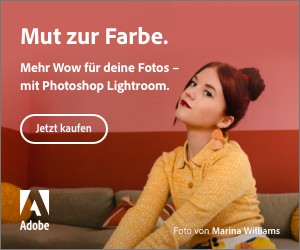After three years of creating virtual-reality video, I decided to write a summary of what I have learned. I’d like to share with those who are interested my own experience!
I will first discuss the benefits and challenges of 180deg VR video capture as opposed to 360deg Monooscopic, and the importance the 3D effect has for the viewer’s immersion. Then, I’ll detail my equipment evolution from entry level cameras to professional configurations and highlight the technical challenges.
I will then share my experiences working with clients and explore unique challenges and collaboration opportunities. I explore the possibilities and challenges of video editing with virtual reality.
Last, I will showcase various artists from the VR community and emphasize the importance of sharing knowledge.
VR Video: First steps into the world
In 2020, when I was searching for a new activity to compliment my work as an editor in the field of virtual reality, it seemed appealing to me. In fact, I noticed a renewal of the visual experience. Virtual reality redefines the perception of video with its immersive qualities. This evolution, however, requires us to relearn how to capture and move away from traditional (so called “2D”) video conventions. This was a revelation to me as a lover and collector of images.
VR video is an exciting niche with a diverse group of talented individuals. I met people with innovative ideas and cutting-edge technology. In this healthy community, the norm is mutual help and ideas exchanged.
I also found the collaborative process stimulating. Workflows are unstable from shooting to post production. After many discussions with other creators I found that each person has their own method.
So, I took the time to try this technology. And I’m glad I did!

